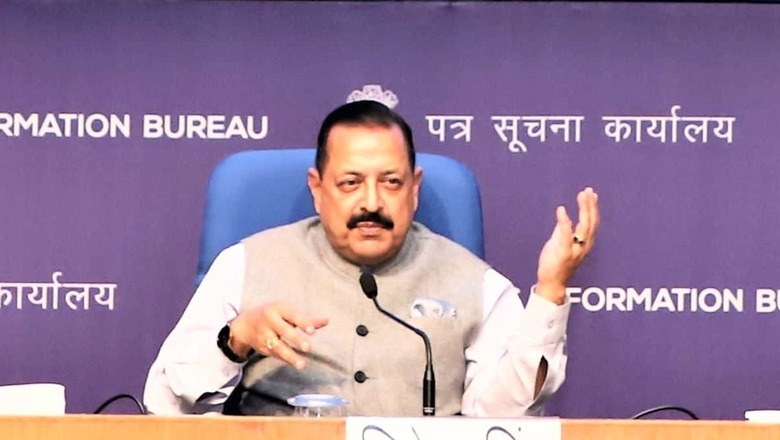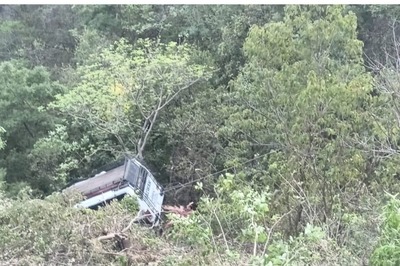
views
The Chandrayaan-3 mission will herald India’s quantum leap in the global arena, reiterate the country’s capabilities in indigenous science and technology innovation startups, as well as establish the nation once again very firmly as a global player to reckon with, minister of state in charge of the department of space Jitendra Singh told CNN-News18 in an exclusive conversation.
Indian Space Research Organisation (ISRO) will launch the highly anticipated Chandrayaan-3 mission, a follow-up to the Chandrayaan-2 mission that faced challenges during its soft-landing attempt in 2019. The new mission aims to demonstrate India’s capability to safely land and explore the lunar surface. Chandrayaan-3 is scheduled to launch at 2.35pm on July 14 from the Satish Dhawan Space Centre in Sriharikota.
“We learn from each mission. We try to make up the pitfalls, we try to go to the next level,” said the minister. “In some sections, it was said that Chandrayaan-2 was a failure. It was not. Being students of science, we are taught to speak with evidence. Even other countries, whether it is the USA or USSR, have hardly been able to land successfully for the first time, so our record is statistically better than theirs. It was not a failure of landing. The landing did happen but the last 12 minutes or so did not happen in the way we had envisaged.”
Countdown has begun for the launch of #Chandrayaan3 as it is set for liftoff from #Sriharikota tomorrow;The mission is going to herald India’s quantum leap in global arena: @DrJitendraSingh, Union Minister#NationAt5 | @poonam_burde | #ISRO pic.twitter.com/U6TSimwl4Q
— News18 (@CNNnews18) July 13, 2023
Chandrayaan-3 will target a relatively unexplored site near the south pole of the moon, where scientists hope to find water/ice locked in its perennial cold sub-surface.
“The rover would not only do in situ experiments, it will also pick up samples and send findings,” Singh told CNN-News18. “Since we are on the south pole, these will be virgin inputs, so we will be pioneers. This mission will also have the capacity to pick up all the nuances of planet Earth. Earlier we would say ‘Looking at moon from moon’. Now it is ‘looking at moon from moon, and looking at earth from moon’.”
Chandrayaan-3 is designed to develop and demonstrate new technologies required for interplanetary missions. It will contribute to advancements in spacecraft engineering, landing systems, and mobility capabilities on celestial bodies.




















Comments
0 comment